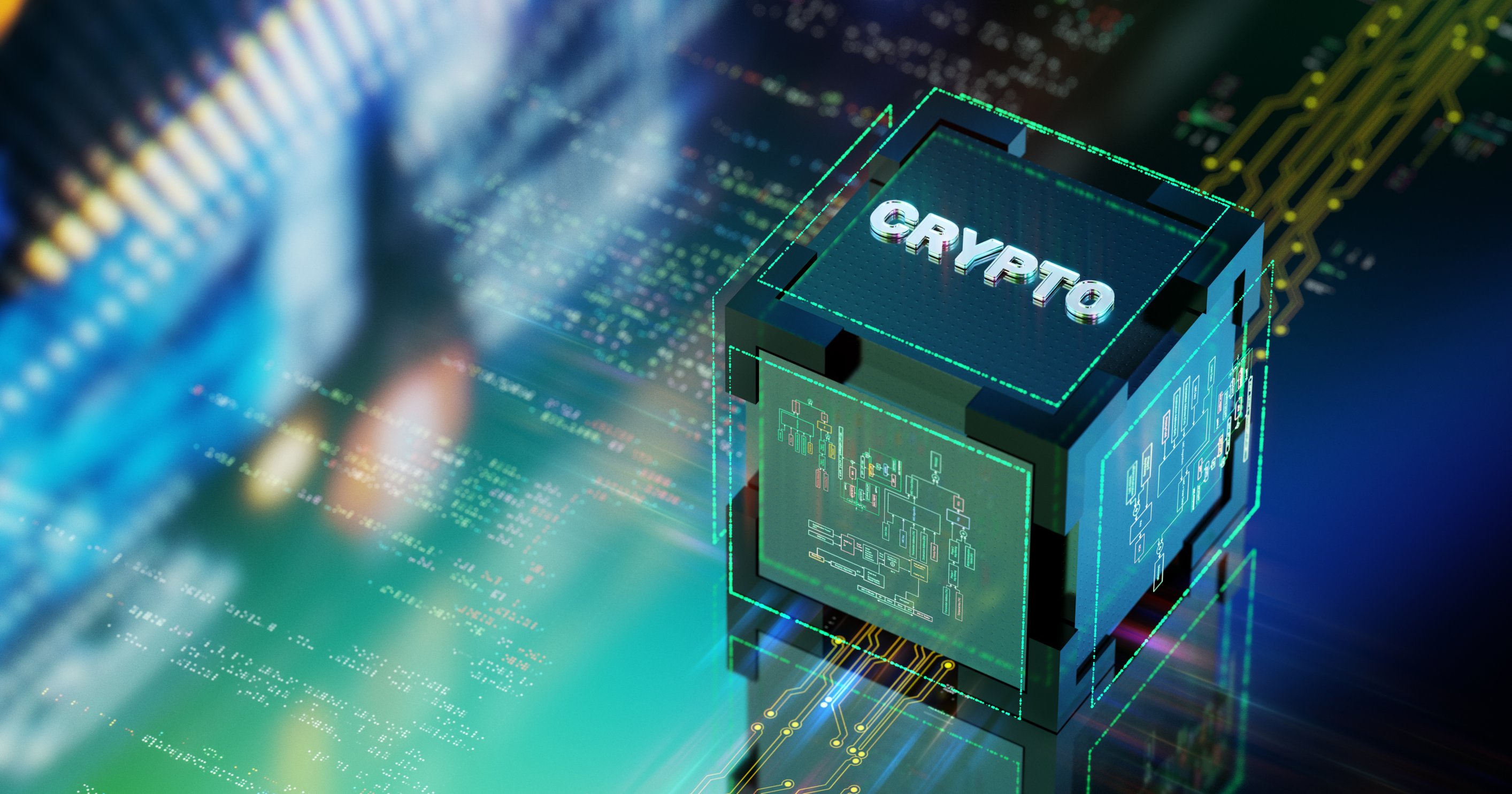XRP (XRP +2.70%) is nowhere near competitors like Solana (SOL +2.92%) and Ethereum (ETH +1.21%) in decentralized finance (DeFi). The recent launch of its new Ethereum Virtual Machine (EVM) sidechain hasn't made much of a dent, either. It seems to have close to no chance to catch up.
Is that a reason to sell this coin? In fact, the picture is a bit more complicated, so let's take a closer look.

Image source: Getty Images.
The data look unambiguously bad
Today, the XRP Ledger's (XRPL's) total value locked (TVL) in its DeFi ecosystem amounts to just over $82 million. Its new EVM sidechain has just $48,989 in TVL. For context, Ethereum has nearly $83 billion in TVL, and Solana has close to $11 billion. So even as XRP's market cap is bigger than Solana's and roughly 33% of Ethereum's, its DeFi segment is microscopic in comparison.
But let's step back and take a look at what the XRPL was actually designed for before declaring its lack of DeFi value to be a dealbreaker that justifies selling the coin.
The original point of XRP was for making international payments and money transfers, with native features for fast transaction settlement, currency bridging, and regulation-compliant capital flows rather than a sprawling smart contract DeFi ecosystem. XRP itself is the bridge asset the network uses to transfer value efficiently across currencies and venues, and it's in use for that purpose today.

CRYPTO: XRP
Key Data Points
And that was just the start of what Ripple, XRP's issuer, did with the coin. It's being built out into an entire fintech stack targeted at institutional investors, which now includes RLUSD (RLUSD 0.05%), Ripple's native fiat currency-backed stablecoin.
RLUSD is a key piece of the puzzle because payments, settlement, and on/off-ramps are where XRPL competes; stable, regulated rails for value are essential for banks and fintechs that do not want to assemble a DIY regulatory compliance stack from DeFi parts like they'd need to do on either Ethereum or Solana. Right now, RLUSD has a market cap of $898 million, so it's already big enough for financial institutions to use as a meaningful component of their on-chain fiat value.
In other words, a low DeFi TVL tells you XRPL is not a hotbed of yield farming, bespoke lending services, or staking activity. It isn't trying to be a platform for those things anyway. The more important factor is its toolbox of institution-targeted features, which is big, and growing.
It probably makes more sense to buy this coin
As XRP's value accrues from making the backend of institutional finance more efficient, investors should be looking for signs that banks, payment companies, and other clients are plugging into the XRPL or running pilot programs to test it. And they are.
Ripple's On-Demand Liquidity (ODL) work since 2021 with the SBI Remit bank in Japan is a representative example of cross-border remittances using XRP to reduce the need for pre-funding accounts with multiple currencies and thus unlocking working capital. The XRPL has also been involved in central bank digital currency (CBDC) pilots, such as with Bhutan's recent tests using Ripple's technology. Beyond that, it's also collaborating with banks in Africa and the Middle East as of this year, increasing its global footprint even further.
Therefore, investors should not anchor on the DeFi TVL leaderboard to judge XRP's merits. It's aiming to win in centralized finance, not DeFi. The better things to focus on are is its growing list of new clients, its payments volume, stablecoin adoption on XRPL, and other signs that pilot programs are becoming real traffic. On those metrics, the investment thesis for buying it is strong, so don't sell it -- consider buying it instead.





